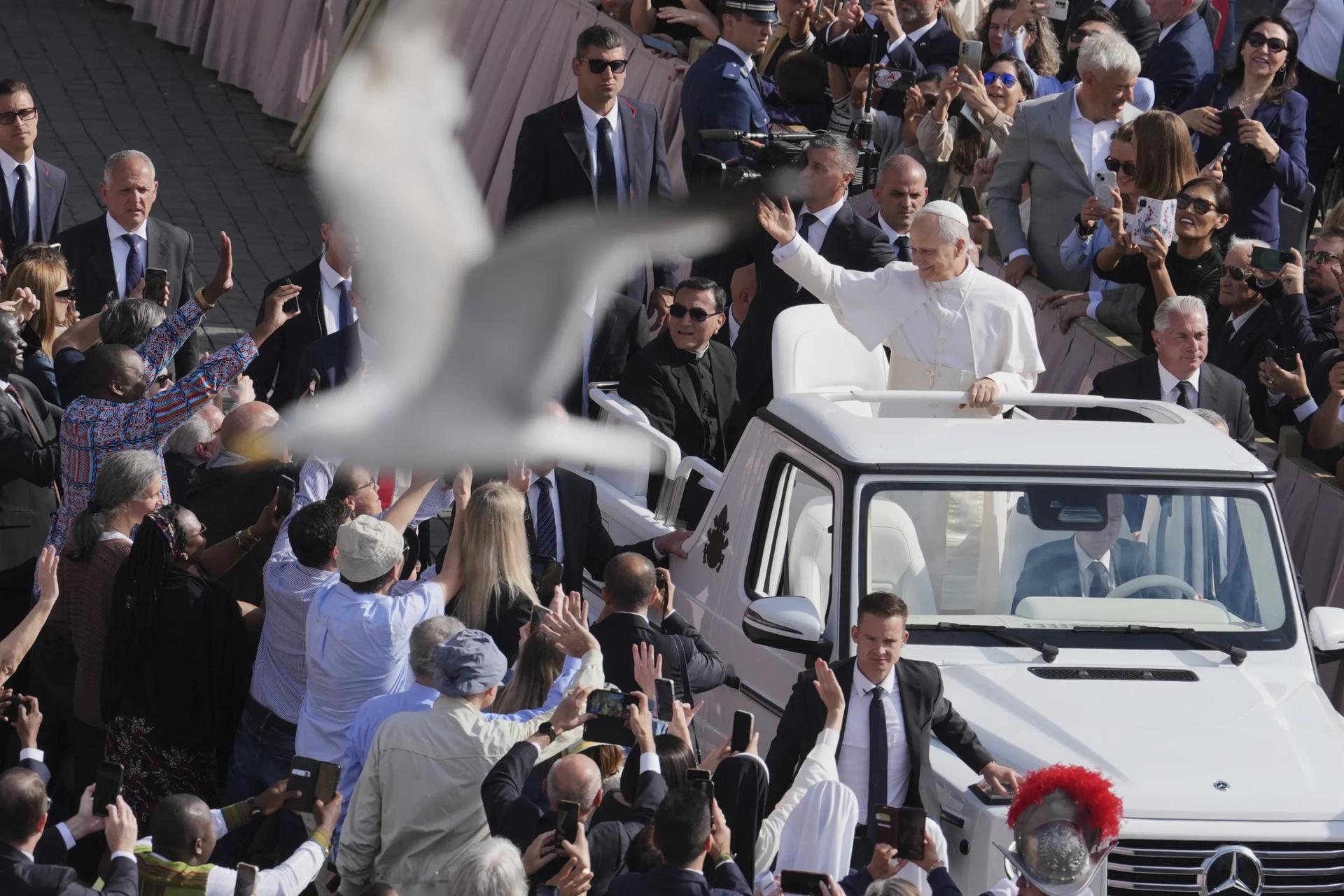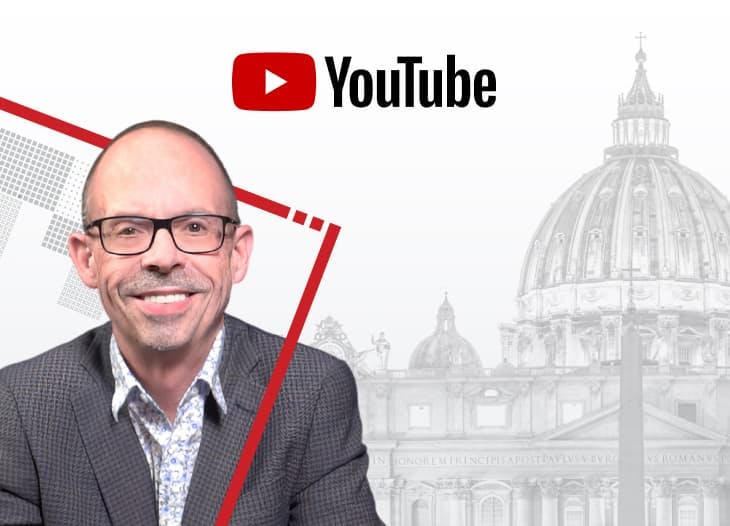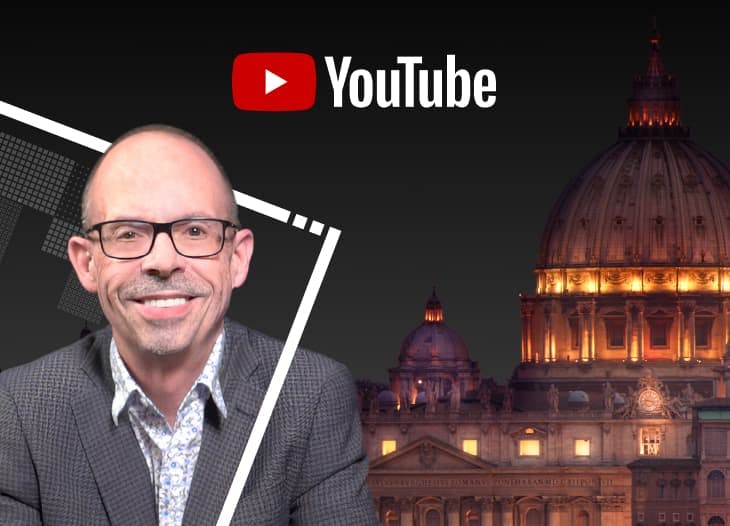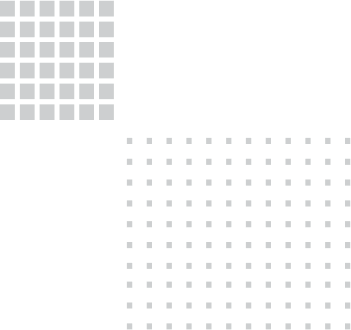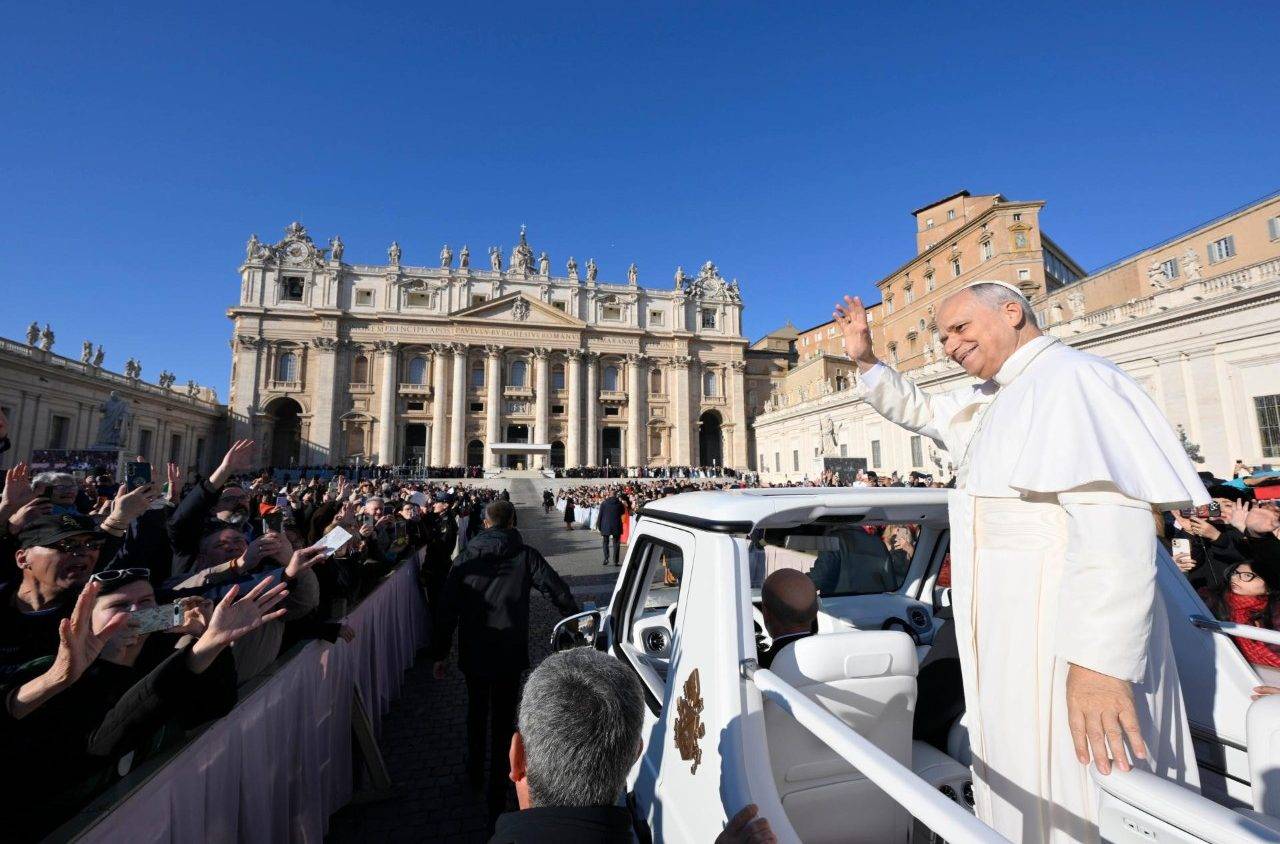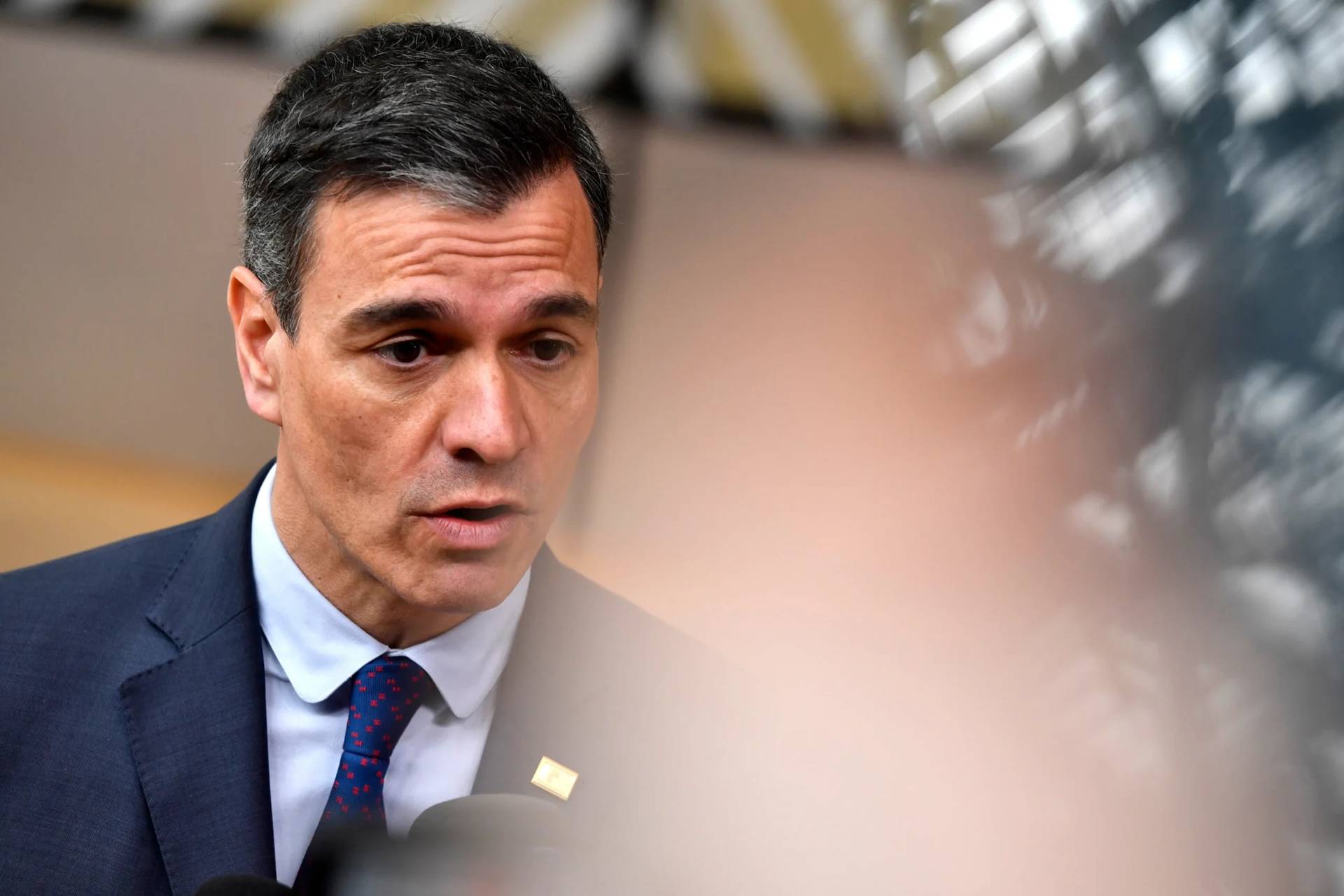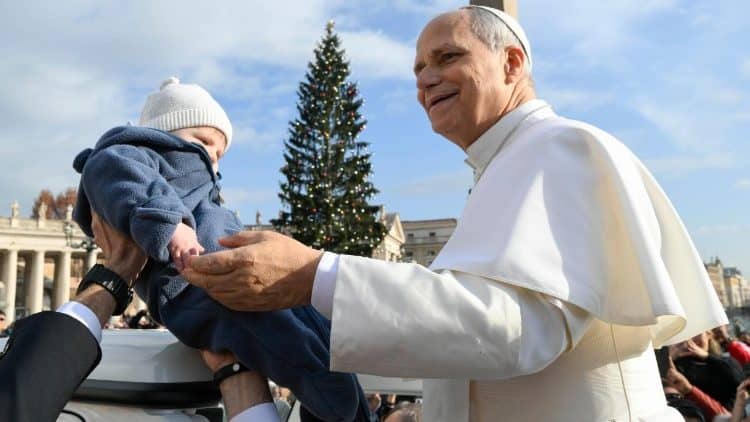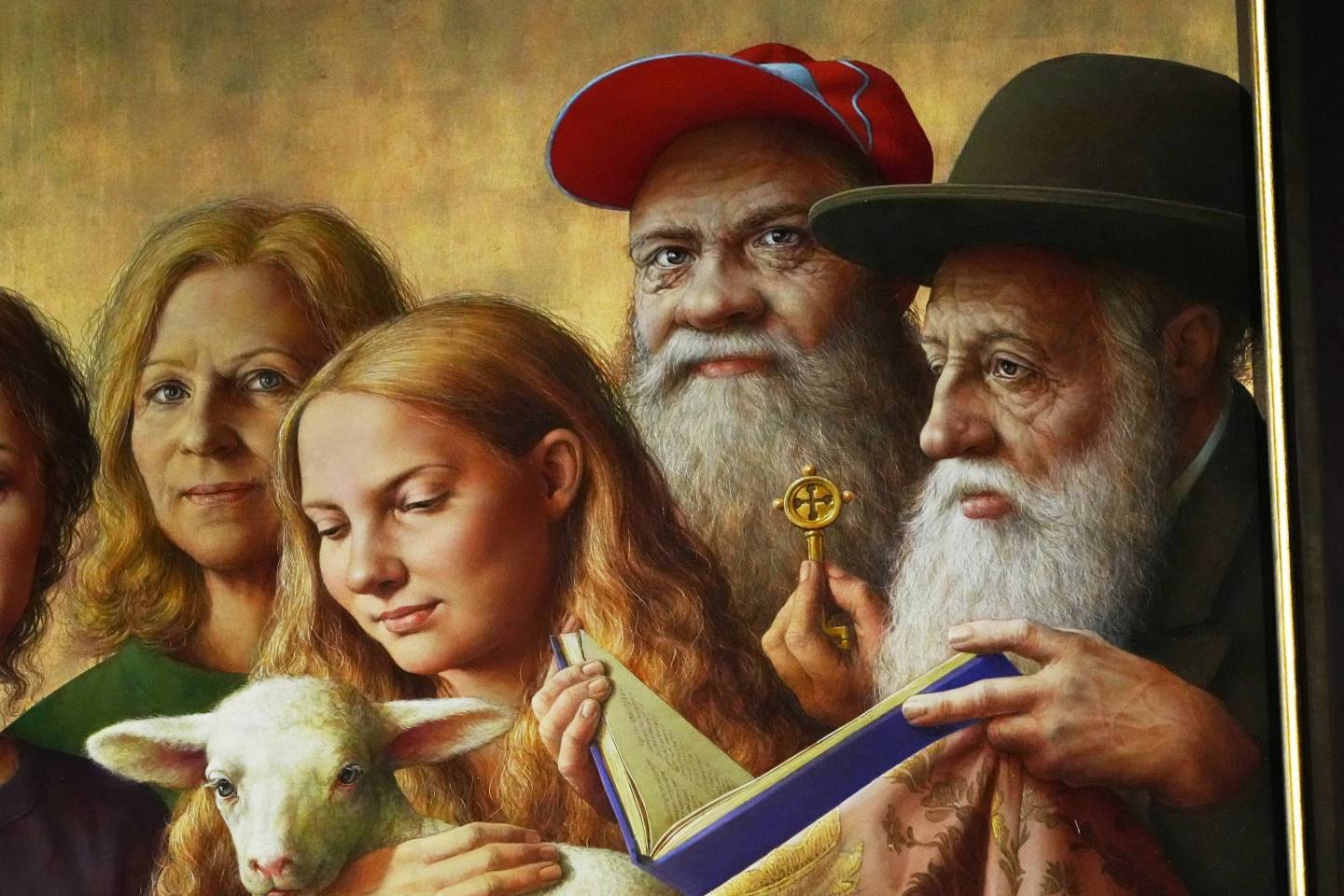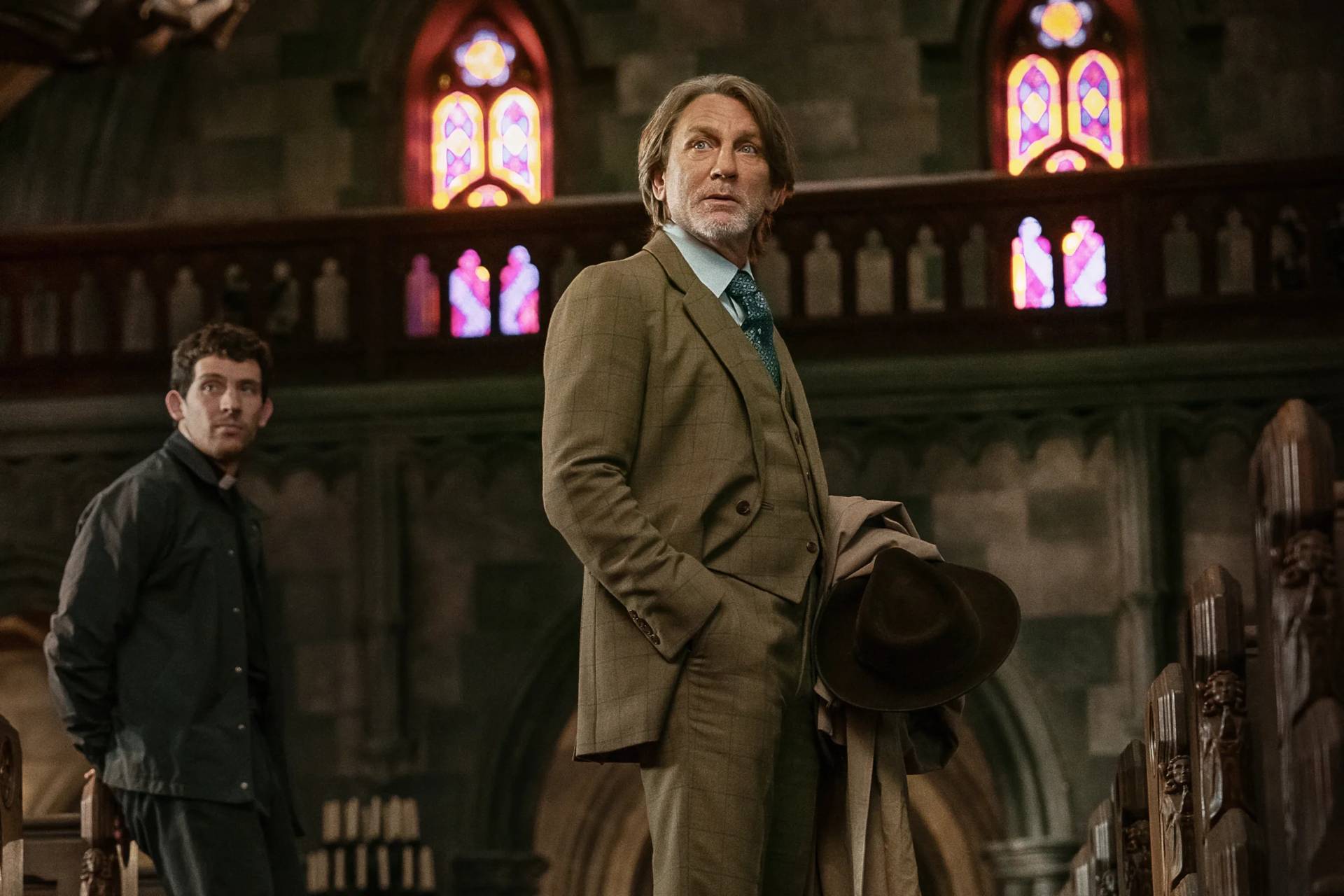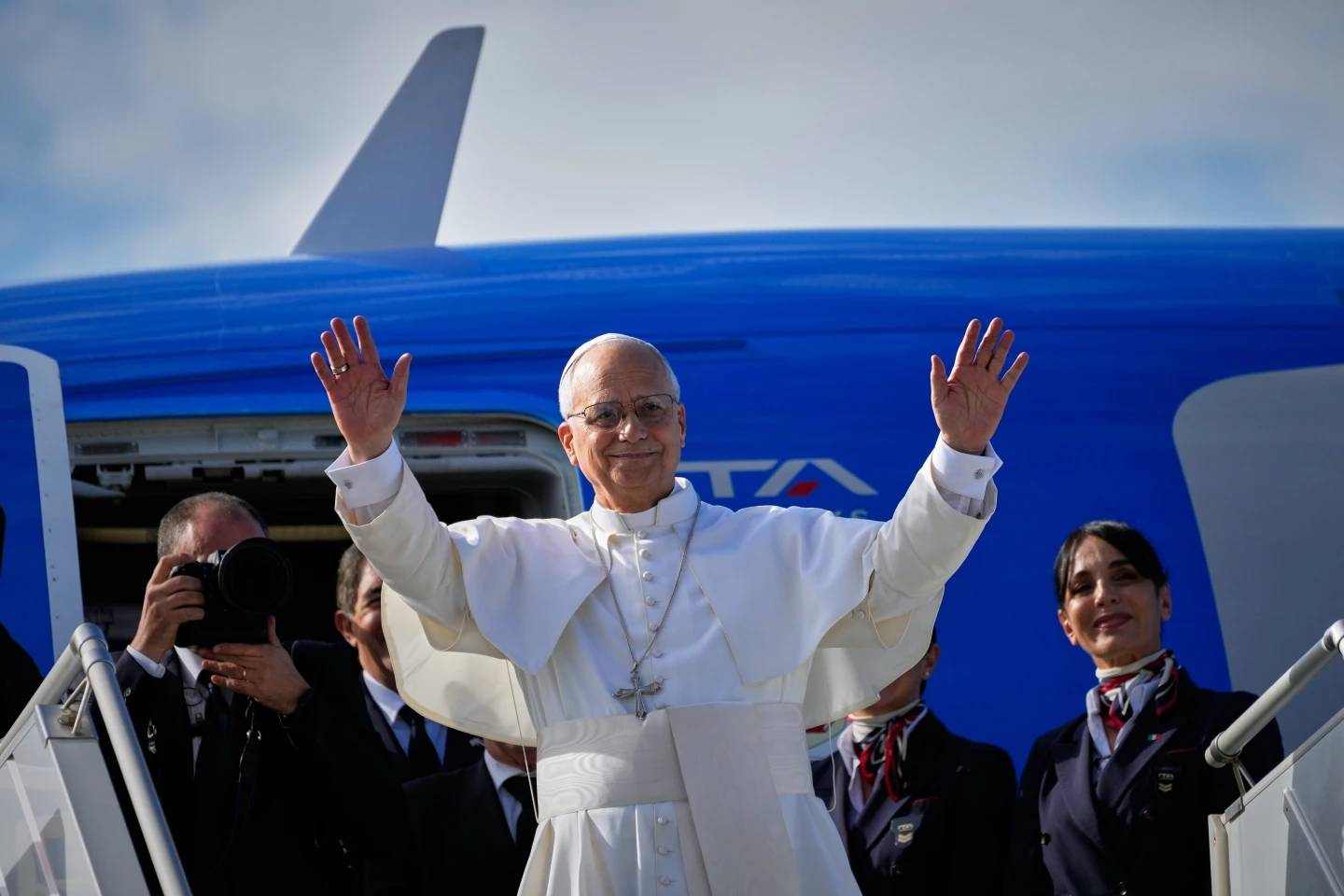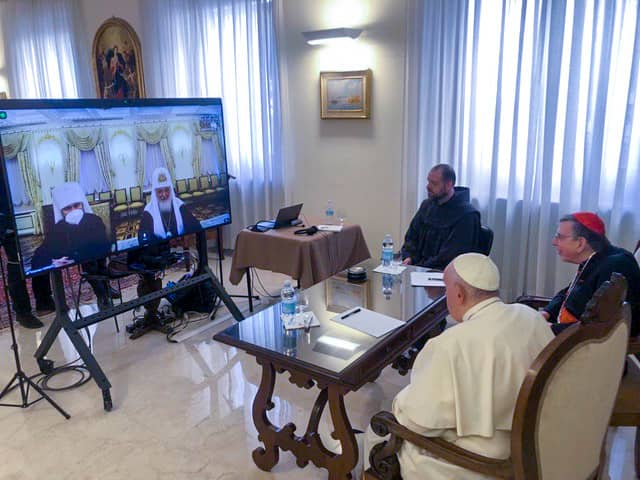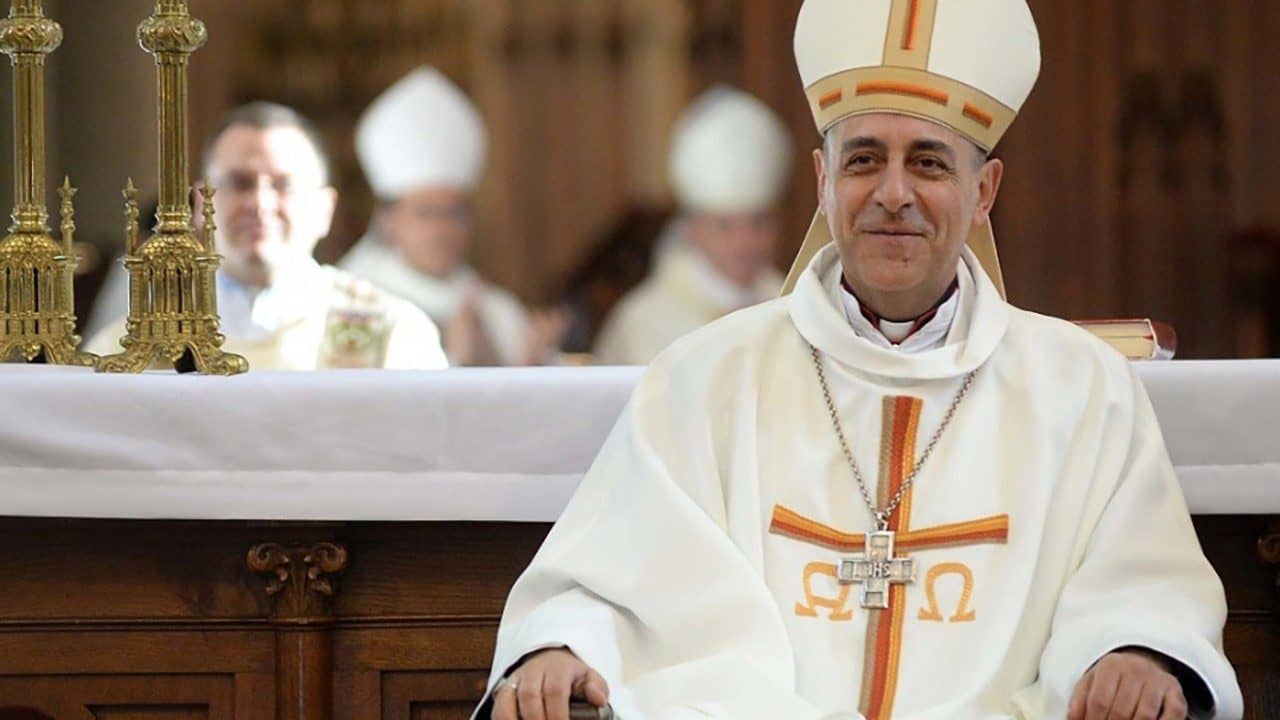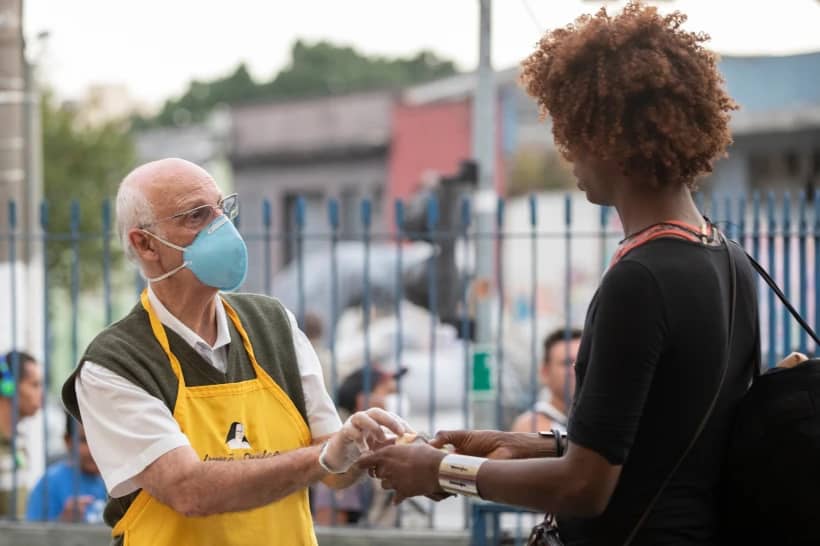So far, Pope Leo XIV has leaned fairly heavily into the legacy of his storied predecessor, Leo XIII, the long-reigning pope elected as a compromise candidate who was expected to live only a few years in office but gave the Church and the world – among other things – the seminal Catholic document on social teaching in the modern era.
Leo XIV quoted Leo XIII in his first official remarks to cardinals following his election May 8, and again in his homily during his official inauguration this Sunday.
He quoted the late 19th century pontiff – Leo XIII who was pope from 1878 until 1903 – at the end of his homily.
“Brothers and sisters, this is the hour for love! The heart of the Gospel is the love of God that makes us brothers and sisters. With my predecessor Leo XIII, we can ask ourselves today: If this criterion ‘were to prevail in the world, would not every conflict cease and peace return?’” Leo XIV said.
The new Leo has emphasized the influence of his predecessor from 120 years ago since his election.
However, in recent days, Leo XIV has reminded me of a statement of a previous Leo – Leo X, the Medici pontiff who served from 1513 until 1521. After his election, he was quoted as saying, “Let us enjoy the papacy since God has given it to us.”
American Robert Francis Prevost – the former Prior General of the Order of Saint Augustine who also obtained citizenship in Peru after Pope Francis made him Bishop of Chiclayo in 2015 – was elected pope on May 8.
Leo XIV seems to have embraced his new role, setting his agenda and—yes—appearing to enjoy it.
During his address to ambassadors to the Holy See on Friday, Leo spoke of his own efforts to reach out and embrace all individuals and peoples on the Earth, “who need and yearn for truth, justice and peace!”
“In a certain sense, my own life experience, which has spanned North America, South America and Europe, has been marked by this aspiration to transcend borders in order to encounter different peoples and cultures,” he said.
Although not explicitly stating it, his address implied his entire life was preparing him for his new role.
“My own story is that of a citizen, the descendant of immigrants, who in turn chose to emigrate. All of us, in the course of our lives, can find ourselves healthy or sick, employed or unemployed, living in our native land or in a foreign country, yet our dignity always remains unchanged: It is the dignity of a creature willed and loved by God,” Leo told assembled diplomats.
The new pope’s enthusiasm is apparent in his handshakes and greetings with people since his election, the look of joy he wore during his first turn in the Popemobile on Sunday – a phone call to one of his brothers in the United States was even seen on television. (Leo happened to call his brother John, who was in the middle of an interview when newly elected Leo’s call came.)
Leo XIV has invoked Leo XIII specifically as the pope who brought the Catholic Church into the modern world. Leo XIII’s 1891 encyclical, Rerum novarum, established the Catholic Social Doctrine in answer to the changes being wrought in society under the pressures of the Industrial Revolution. Leo XIV has said the 21st century is offering new challenges facing the Church by changes in technology, including the rise of Artificial Intelligence.
The other Leos are worth considering as well.
Leo I – known as Leo the Great – is famous for meeting Attila the Hun in 452 and persuading him to turn back from his invasion of Italy. The first Leo was also the pontiff when the Council of Chalcedon took place. This Council was rejected by what is now known as the Oriental Orthodox Churches, located mainly in Armenia, Egypt, Eritrea, Ethiopia, Sudan, Iraq, and southern India.
Pope Leo III was the bishop of Rome who crowned Charlemagne as emperor of what became the Holy Roman Empire, which became the paradigm of Church-State relations for 1000 years.
Leo IX was the pontiff in 1054, the year in which the Great Schism split East and West into the Catholic Church and the Orthodox Church.
Pope Leo X himself was the Bishop of Rome when Martin Luther put up his Ninety-five Theses in 1517.
Leo XIV says he hopes to heal some of these divisions that occurred during the reign of some of his namesakes.
Pope Francis greatly improved relations with the Oriental Orthodox Church, adding the 21 Coptic Orthodox martyrs, who were murdered by ISIS in Libya in 2015, to the Roman Martyrology. Leo can hope to build on this.
The current Patriarch of Constantinople, Bartholomew I, has invited Leo to Turkey to mark the 1700th Anniversary of the Ecumenical Council of Nicaea, and heal the division between the Catholic and Orthodox Churches.
Leo XIV, it is worth mentioning in this context, is also the first pope to come from a primarily Protestant country, the United States. This may mean he has a better understanding of the divisions of the 16th century than any previous pontiff.
In any case, he seems to enjoy the challenge so far.
